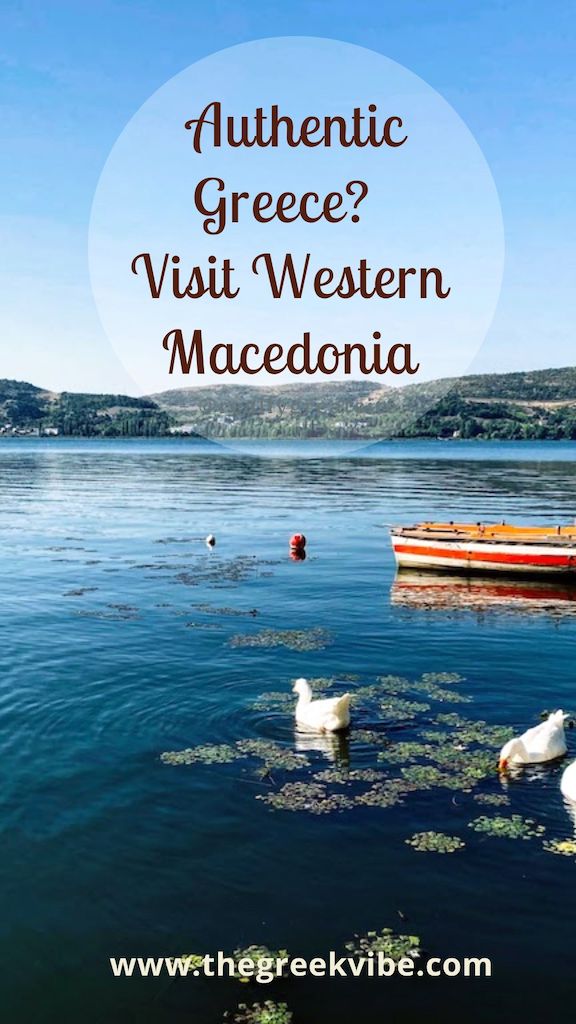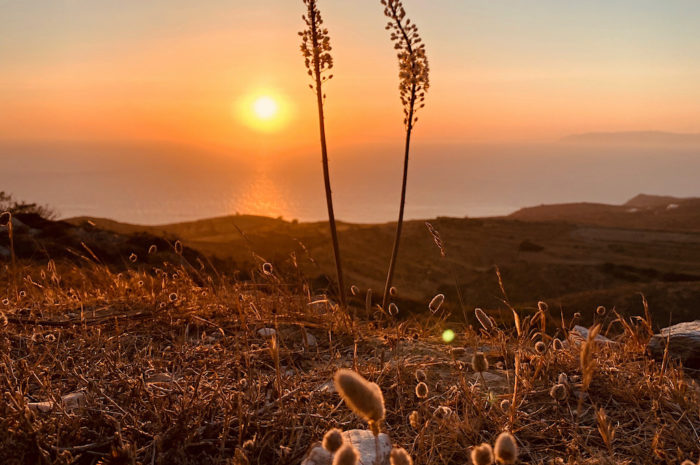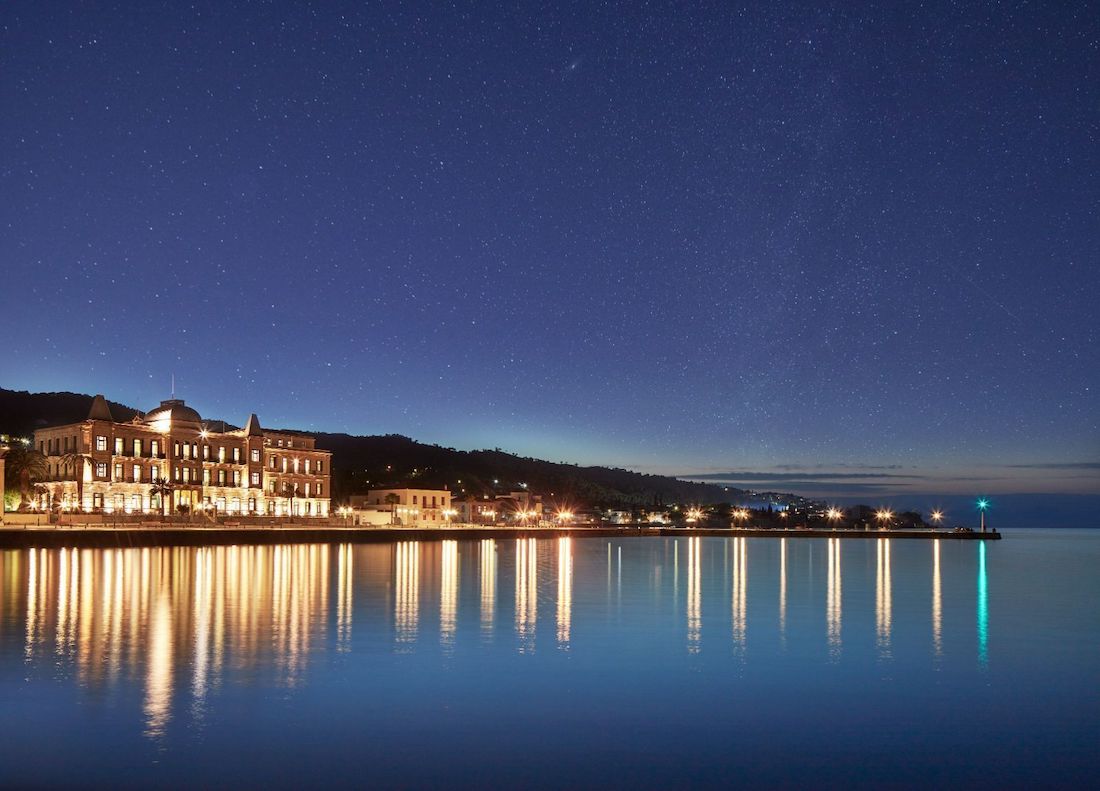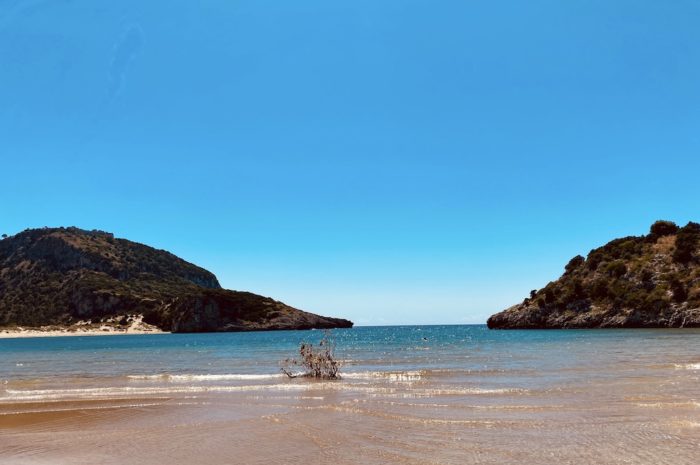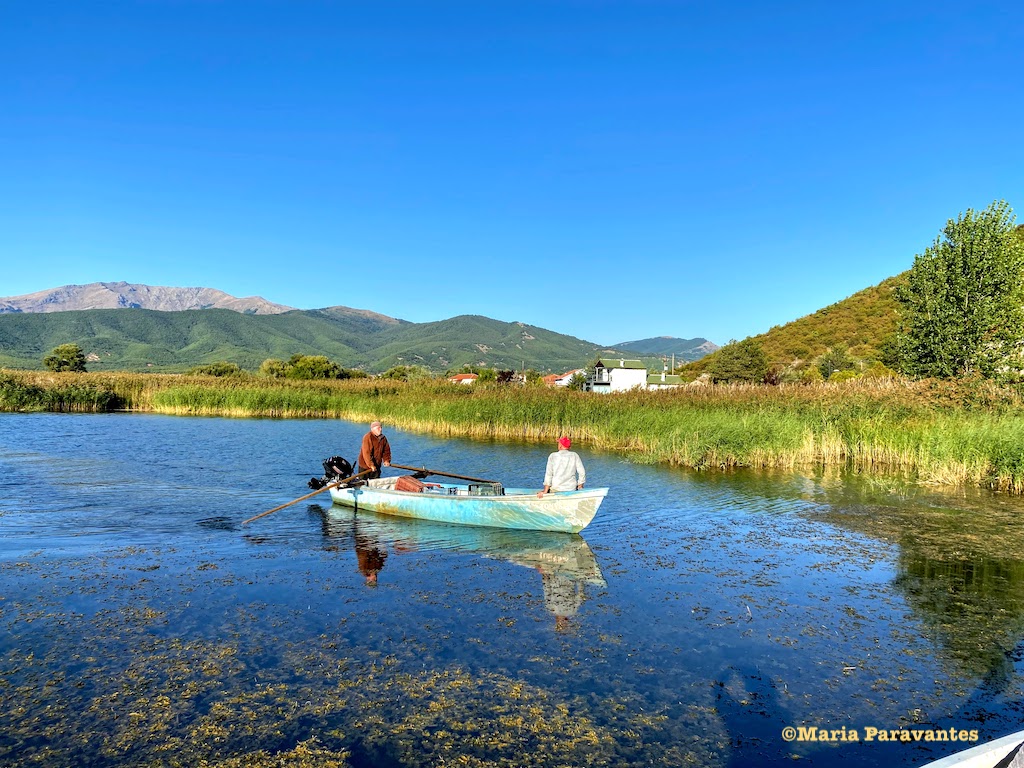
“Help! I’m confused. I will be visiting Greece for 10 days and was wondering if it would be better to go to the islands? Where should I go?
This is the most asked question I get or see in Reddit and Google when it comes to visiting Greece.
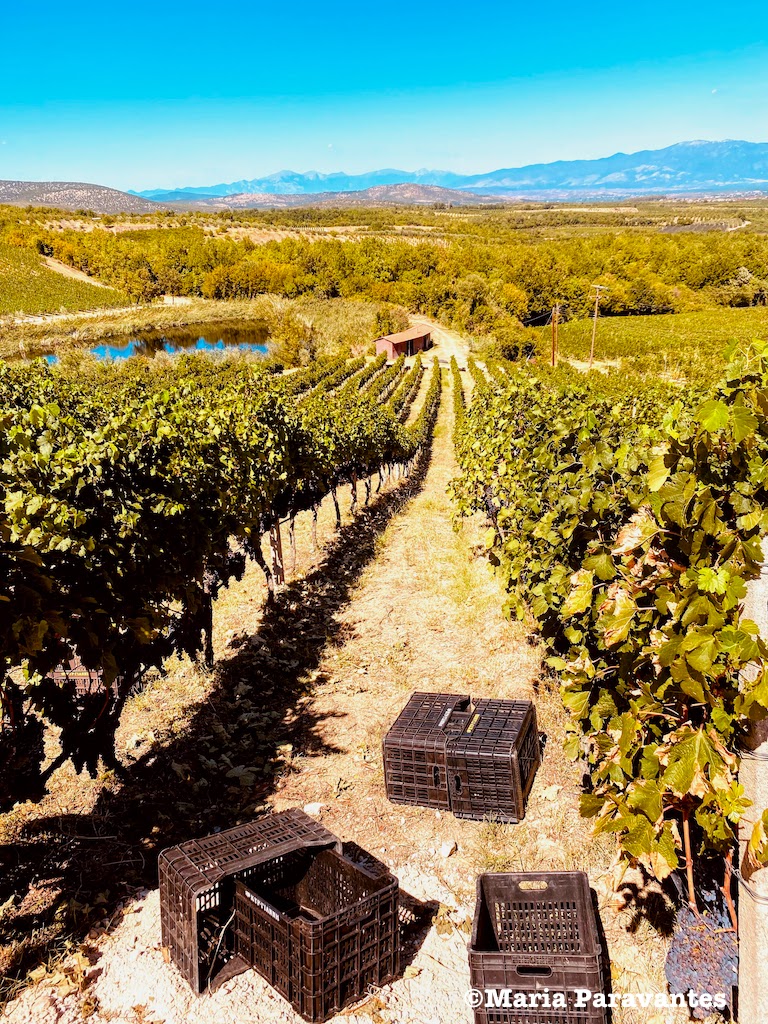
My answer: visit mainland Greece, visit Macedonia, discover a side of Greece that is as rewarding as it is breathtaking, full of one-of-a-kind experiences, mouth-watering foods, some of the country’s finest wines, small towns and quaint villages that have remained true to tradition, age-old customs and open-hearted people proud of their homeland and happy to show you around and initiate you into the secrets of the good life.
As a traveler myself, I totally get it. It took me days to decide where to go and what to see on a recent trip I went abroad this summer. And to be honest, one of the things I find has made life harder is the sheer choice and accessibility to information.
Don’t get me wrong. The good side of the Internet is also what makes The Greek Vibe.com possible. But the “not so helpful” side is that you have the major booking platforms taking over (or should I say hogging up) the top spots and pages when you search for a destination making it in the end harder to make a choice based on merit (and not money).
The truth is we’re living in an era when bloggers and travel consultants (agents) are the best places to go to get honest information fine-tuned to your needs and budget. You just have to skip at least 10 pages of Google results to find them.
Western Macedonia: The Real Greece Experience
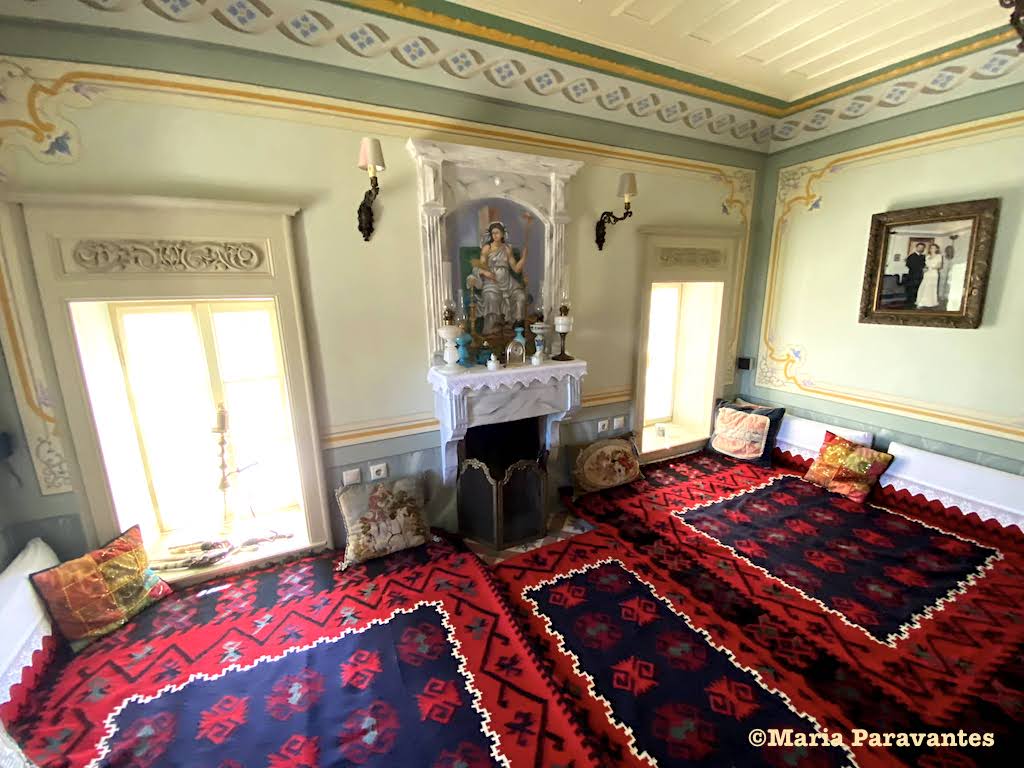
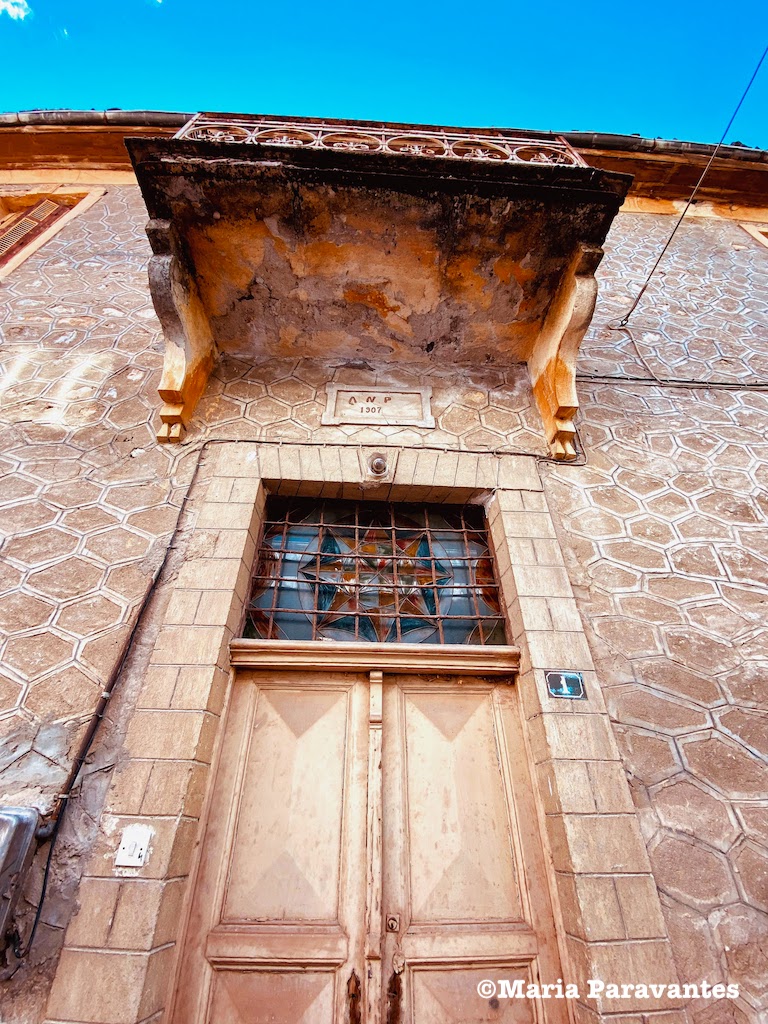
So what would I answer to “where should I go in Greece?” Western Macedonia, a regional unit of Macedonia Greece (not be confused with the neighboring country that goes by the same name – a very long and uninteresting story) which is for me one of the least discovered places to visit in Greece, underrated and thankfully due to its remoteness has managed to preserve the essence of Greece, a genuineness that is becoming harder to find, especially on the Greek islands (and this is a Greek telling you).
Western Macedonia is one of 13 regions located in the northwest of the country near the borders. I cannot even begin to describe the wild beauty of the villages and towns and the untouched natural habitat of this region.
One note before we begin this exhilarating trip: if you’re interested in the dreamy beaches, all-day sun and endless partying, then this post is not for you. Western Macedonia is for those of you who want to get a once-in-a-lifetime experience that you will talk about to friends and when you grow up to children and grandchildren.
►10 + 1 Perfect Places to Visit in Greece in Fall or Winter
Western Macedonia, Greece: Full of Surprises
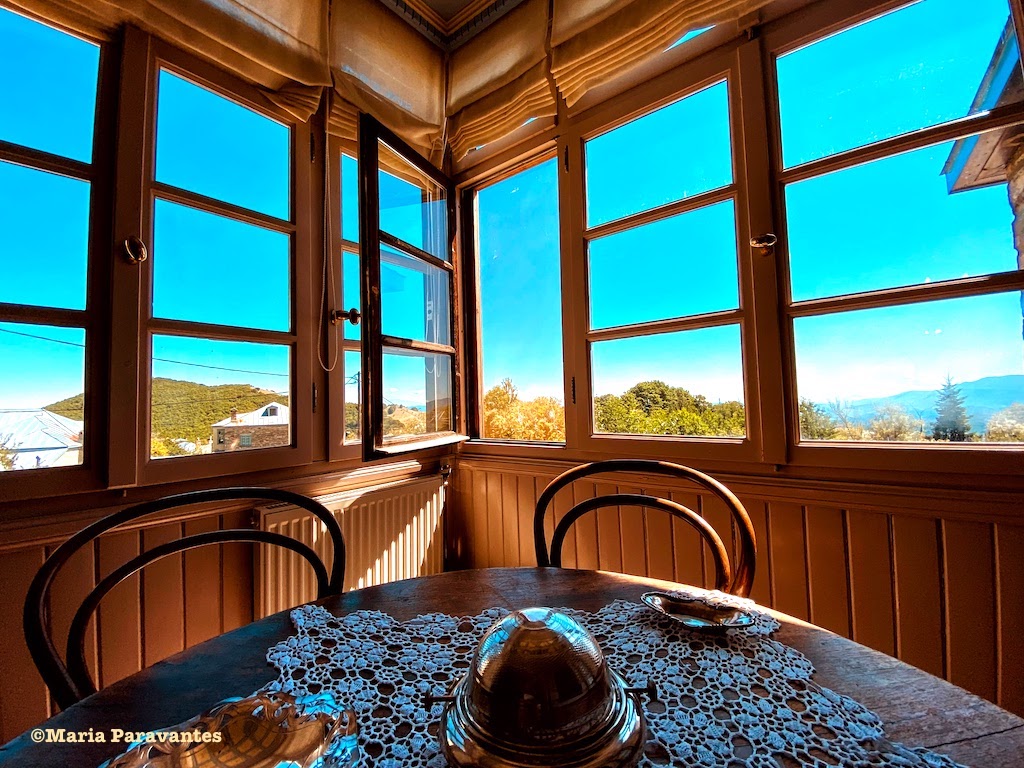
Ideally, Western Macedonia should be discovered by car. Think of it as your big fat Greek road trip. You can either rent your own car from Thessaloniki or get in touch with The Greek Vibe partners Joysters, two locals (and friends) who grew up in the area and know its best-kept secrets and who will make sure your experience is seamless. You can of course, read on and plan for yourself if you’re the organizing type.
In all honesty, I would love to spend a week in each of the places listed below but for a 10-day itinerary – two days at each – is enough to get a taste and then come back again to see the rest… and I’m sure you will.
►Visit Meteora and Reach Out to the Universe
Top Places to Visit in Western Macedonia
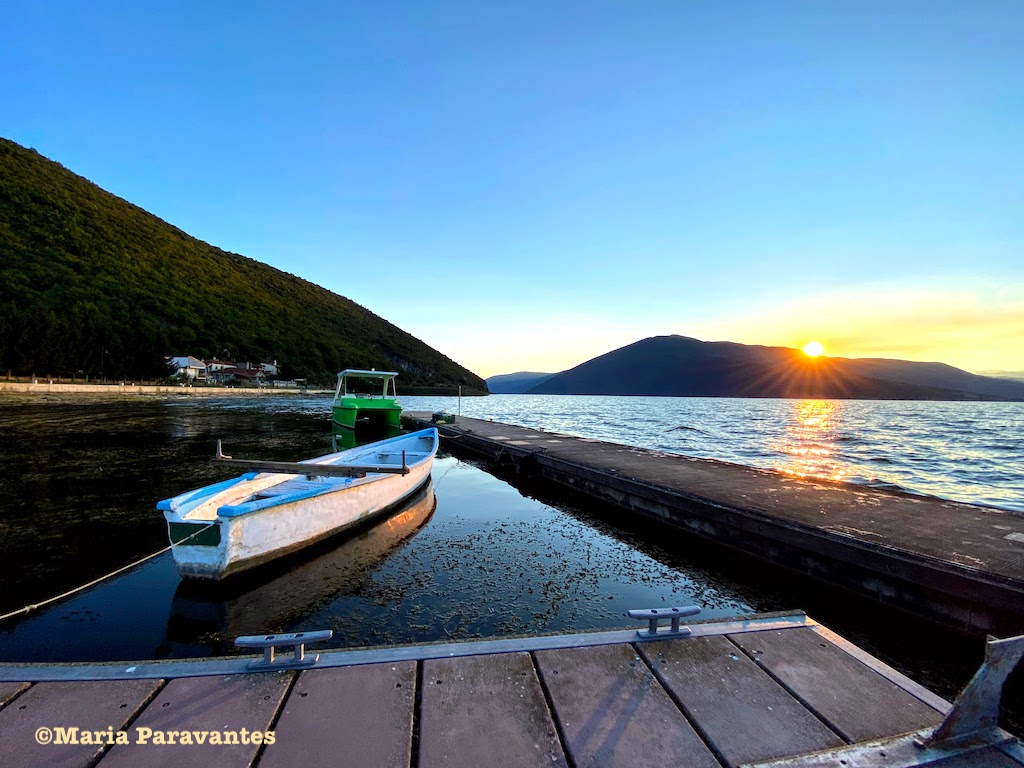
Prespa Lakes
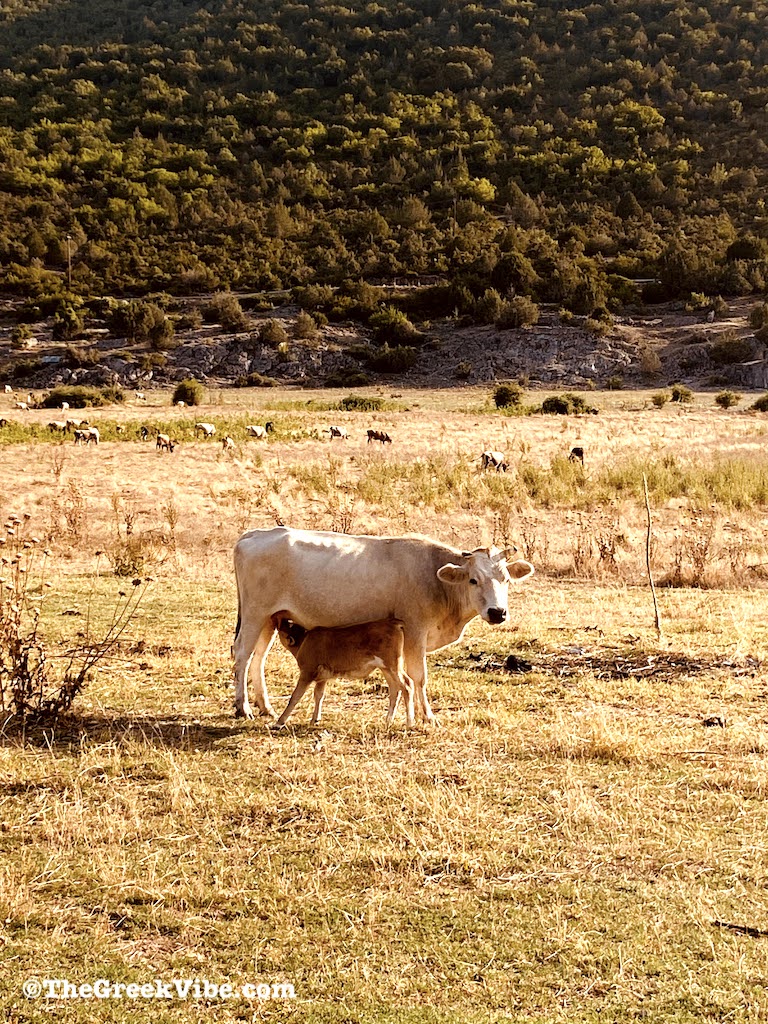
Where do I even begin… two lakes – the Small Prespa (Mikri Prespa) and the Grand Prespa (Megali Prespa), where life is as slow as it gets, as close to nature as possible, a sort of ‘meditation travel’ that brings you in touch with the grandness of the universe. Expect to see some of the rarest species of birds; to indulge in unique-to-the-area fish, beans and red peppers; to feel carefree in the embrace of silence.
Make sure to take a boat ride in both lakes early in the morning when the air is crisp and the sounds of nature intense. In the Megali Prespa, you’ll also get to stop to see the “askitaria” secret caves where monks hid away from the world’s madness. Yes, you can also feed the cows that are nonchalantly grazing freely in the area, do some fishing or just sit at one of the tavernas in the villages of Psarades overlooking the lake for the finest fish ever… the grilled “grivadi”.
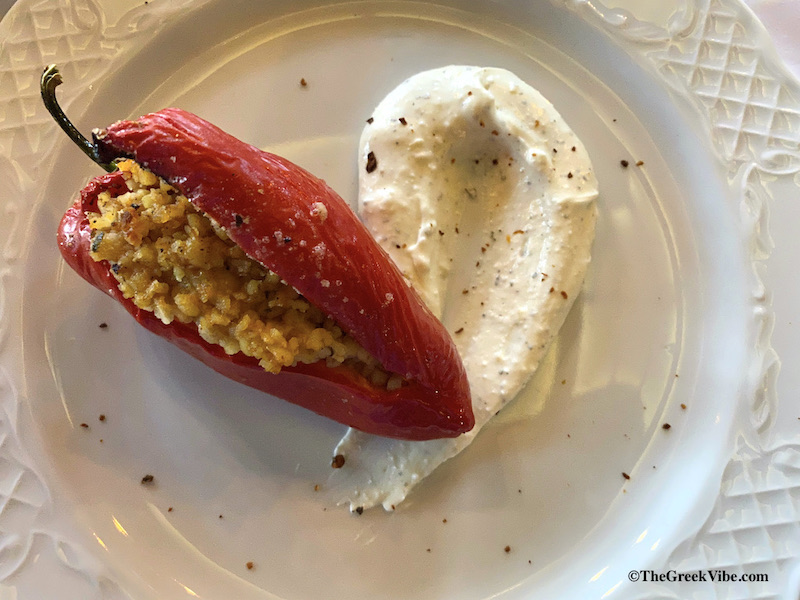
From the Megali Prespa, head on to the Mikri Prespa which is home to two tiny islets: Agios Achilleos and Vidronisi. Actually, the small settlement on Agios Achilleos is one of two built on lakes in Greece. You can get to the islet by walking on a floating bridge that connects with the mainland. The area is a protected wetland and worth taking a spin in with the help of local boat owners. When you visit the island, also check out the remnants of a Byzantine church built by Bulgarian czar (emperor) Samuel in the 10th century.
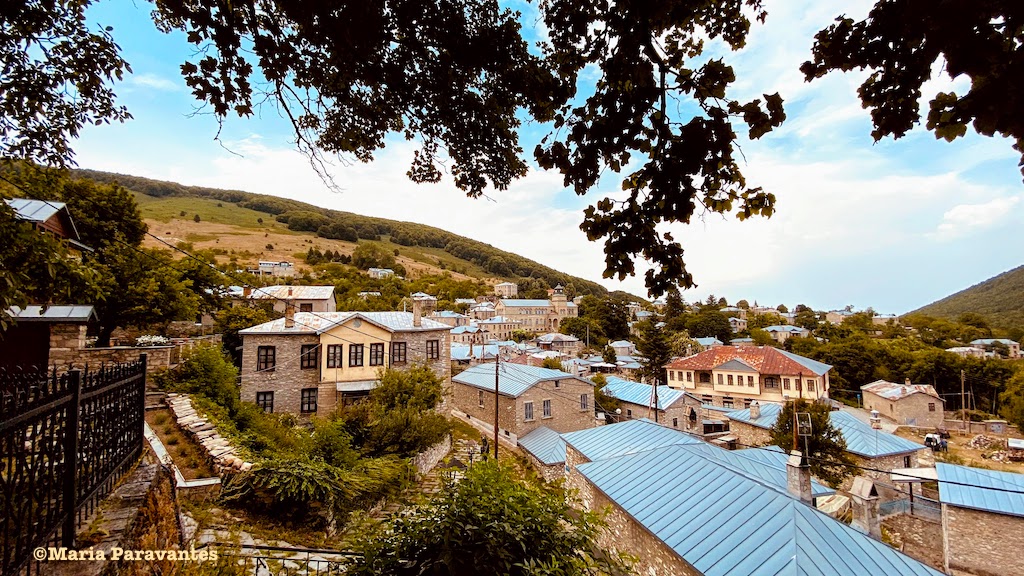
Nymphaio
Straight out of a fairytale, Nymphaio is a scenic village up in the mountains, very close to the border and one of the highest in altitude in Greece. It actually is a favorite winter destination for the Greeks.
Nestled in the mountainside and flanked by dense woods, Nymphaio came back to life after visionary winemaker (and former Thessaloniki mayor) Yiannis Boutaris and a few of the locals decided to go back and live there. The crisp morning air, the mysterious dew, the welcoming “kalimeres” from the locals, the beautifully-preserved mansions in traditional architecture, and the splendid views as far as the eye can see make life here something very close to paradise.
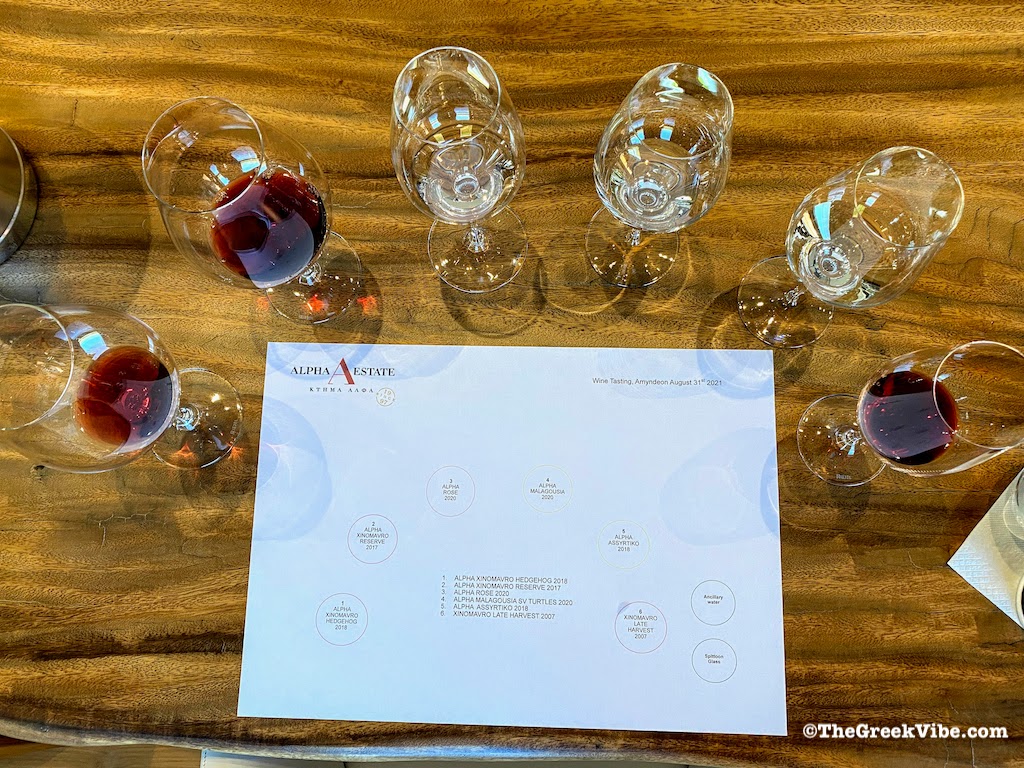
Again, a word of warning, Nymphaio is for those of you seeking tranquility, simplicity, life without cell phones and other addictive devices that deprive us of our energy. What can you do in Nymphaio? First of all, stroll through the village and admire the stately homes, make sure to visit the church of Agios Nikolaos where female saints are also honored, walk through the forest to the Arcturos Bear Sanctuary (see below), and lastly, sit down at O Megas Tigris (The Grand Tiger) the central square and enjoy the perfect meze made by host extraordinaire Dimitris with local raki, beer or one of the region’s famous wines.
► How to Live Long and Happy Like a Greek
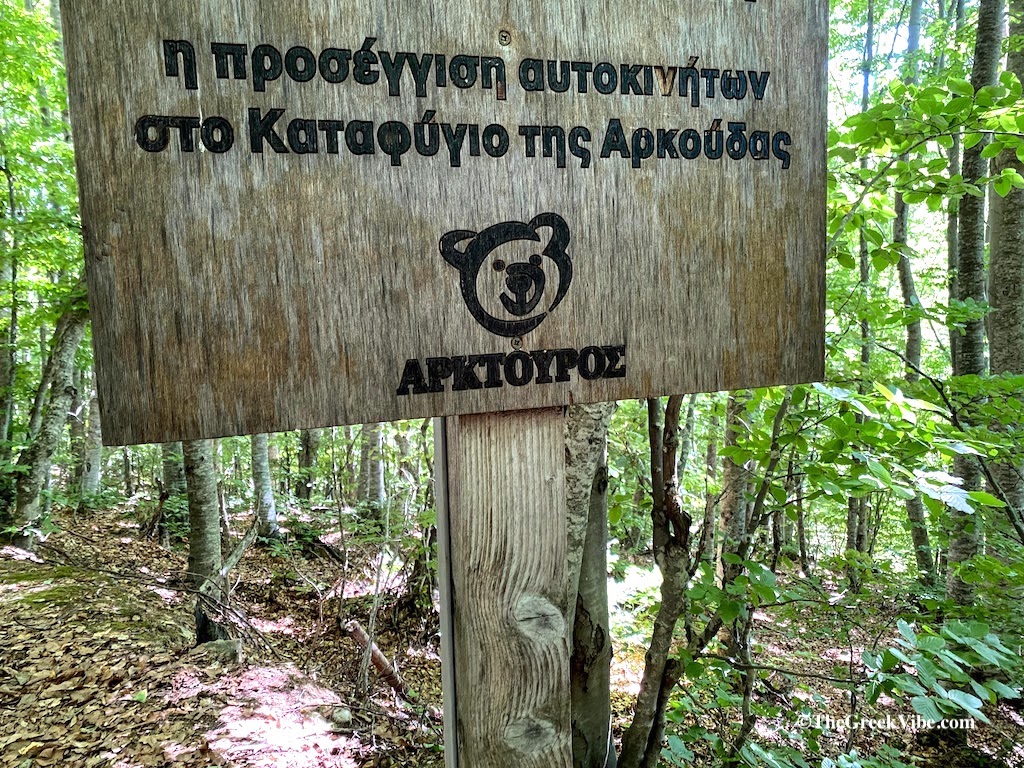
Arcturos Sanctuary: Protecting Greece’s Bears
Established in 1992 by a group of animal lovers, Arcturos is a non-profit, non-governmental organization which has over the last 20 years worked hard to protect the area’s bears, wolves and other wildlife. In the not-so-distant past, bears were “used” in the Balkans at circuses and even further back, dancing bears were a form of entertainment. I am very grateful these dark days are behind us and hope never for this to happen again. Additionally, besides other actions aimed at protecting wildlife, Arcturos ensures the Greek shepherd dog, the proud “Ellinikos Piimenikos”, a breed dating back to ancient times and mentioned by Plato, is continued. Find Arcturos here and support them here
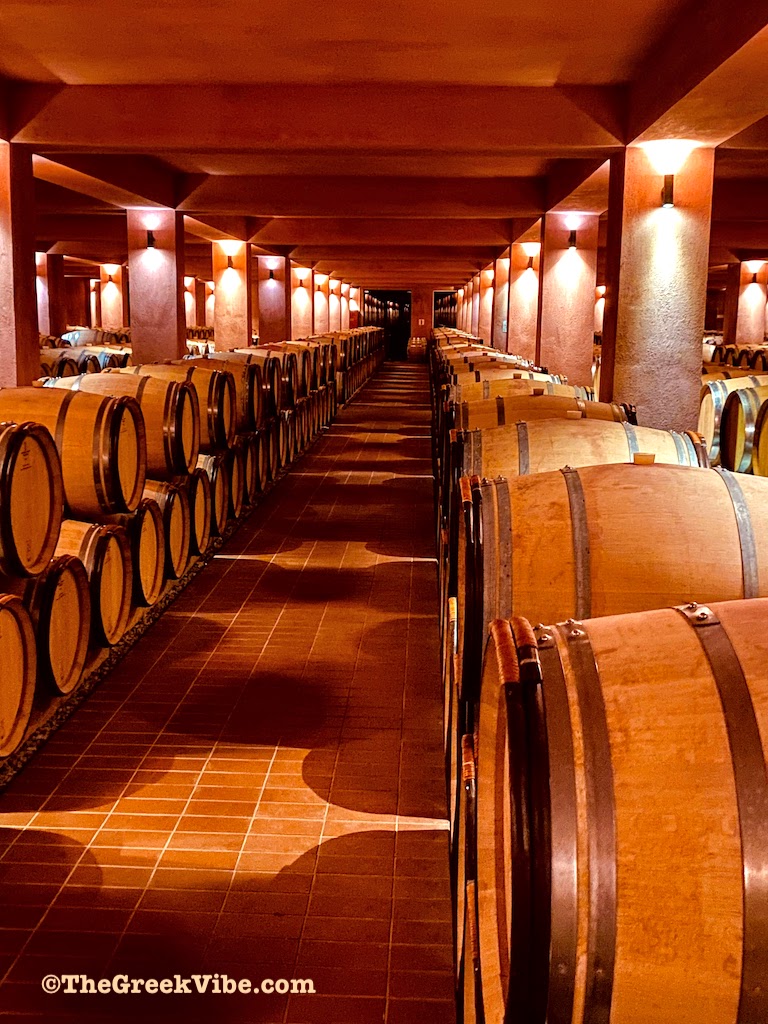
Florina
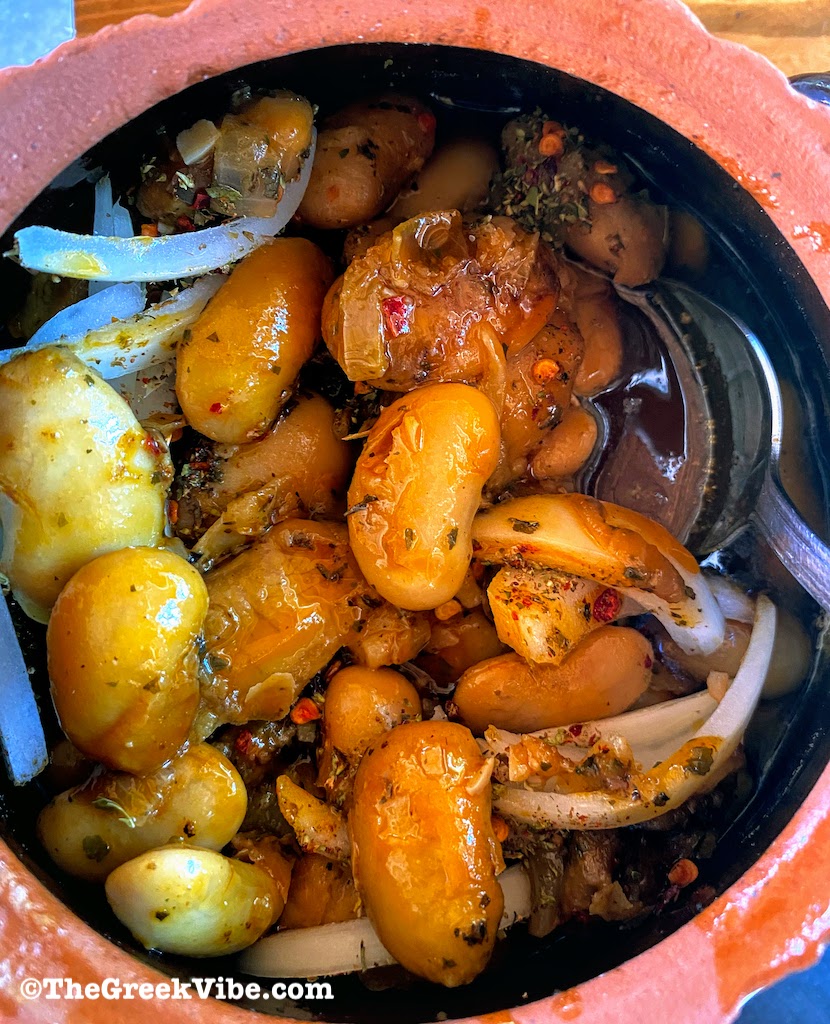
Locals describe Florina best: “This is where Greece begins.” And truly so as the town located in a valley surrounded by dense woodland is the first you come across if you’re coming from Skopje. The winters are tough in Florina, which is one of the coldest places in Greece but absolutely stunning. Imagine discovering a buzzing town behind a veil of fog full of color, culture, and youths. The town of Florina, though very remote, is actually very alive thanks to the university there which brings hundreds of students to the city every year.
Florina is also a very popular winter holiday spot thanks to the ski resorts nearby but it is also known for its cool summers: perfectly refreshing while the rest of Greece sizzles. That explains its Byzantine name: “Chlerinon” which means “lush and green”.
Florina grows on you. A walk through town gives you a taste of yesteryear Greece thanks to the many preserved (and not so preserved) mansions, squares and churches. Visit the modern art, folklore and archaeology museums and shop some of the finest food products in Greece. Lastly, Florina boasts some of the most beautiful handicrafts in the country.
►The Ultimate Guide to Greek Music
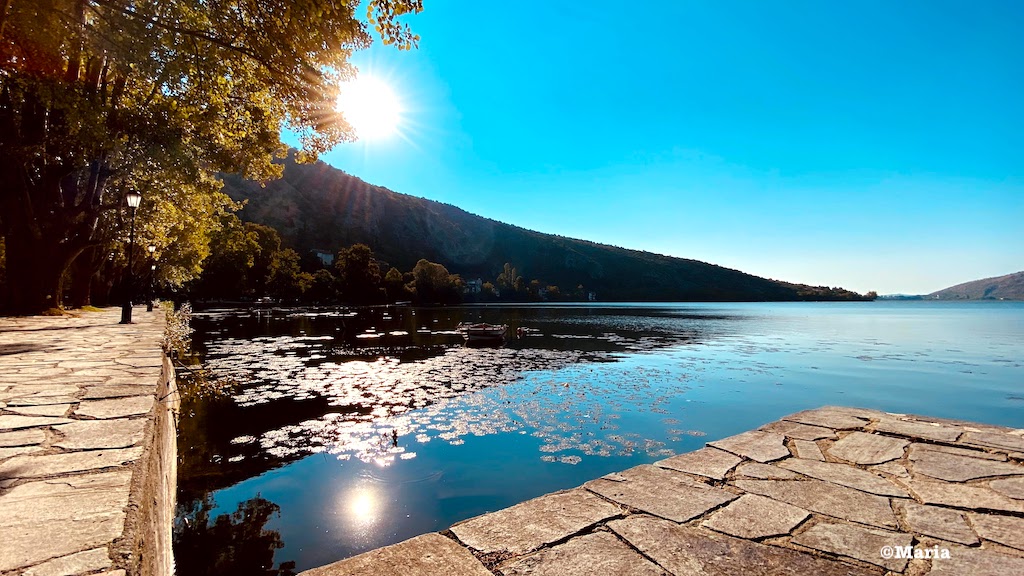
Kastoria
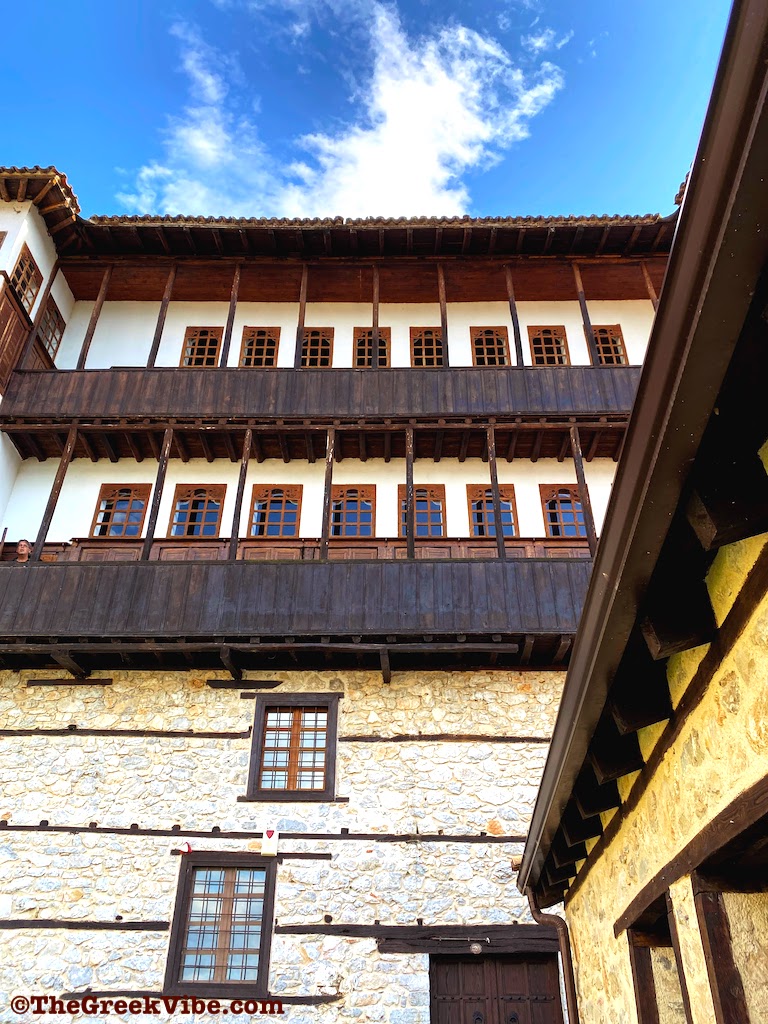
This graceful lakeside town in Western Macedonia is for me an absolute must for anyone visiting Greece, and I say this because besides its ethereal beauty, it offers a glance into the country’s diversity both culturally and naturewise.
Kastoria is one of the country’s best examples of acceptance and peaceful co-existence. This may be Greece’s very own ‘melting pot‘, or at least it was in the 20th century, when Kastoria was home to Greek Orthodox, Greek Christians, Muslim Turks, Jews, Bulgarian Christians, Albanian Christians, and Roma – and they all lived together in harmony. Kastoria even had two Sufi retreats.
You can get a feel of the prosperous life there as you stroll through the cobblestone footpaths of the old town. This was once a lively city home to one of Europe’s most thriving fur and leather industries. Each quarter has its own architecture: grand mansions and humble homes. The two must-see districts are the “Doltso” (locals also call the area Notia Paralia – southern beach) and the “Apozari”. This is where you’ll also find nice tavernas to eat and a few bars on the square surrounded by perfectly preserved mansions, Byzantine chapels, and Ottoman-era homes.
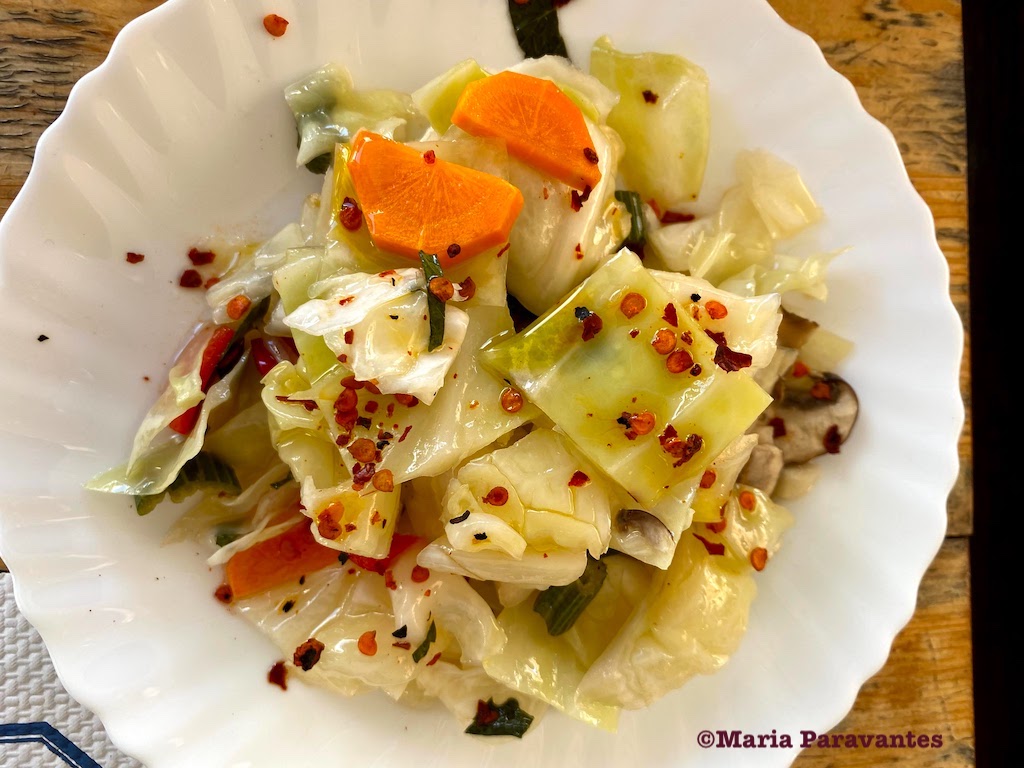
Do see the Museum of Byzantine History on Dexamenis Square, the Costume Museum and the Monuments Museum or head to the remote village of Kastanofyto for the Folklore Museum.
Kastoria’s splendor is very much linked to Lake Orestiada and to the walkway from one end to the other where you’ll see locals taking their daily walk, children playing, athletes training, cyclists and people walking their dogs. The lake is also ideal for rowing practice. While there do eat local foods “sarmades” (meatballs wrapped with pickled cabbage), “makalo” (meatballs with sauce), “fasolada” (bean soup) and the hard-to-find “elbasan tava” (lamb simmered in yogurt sauce).
Grevena
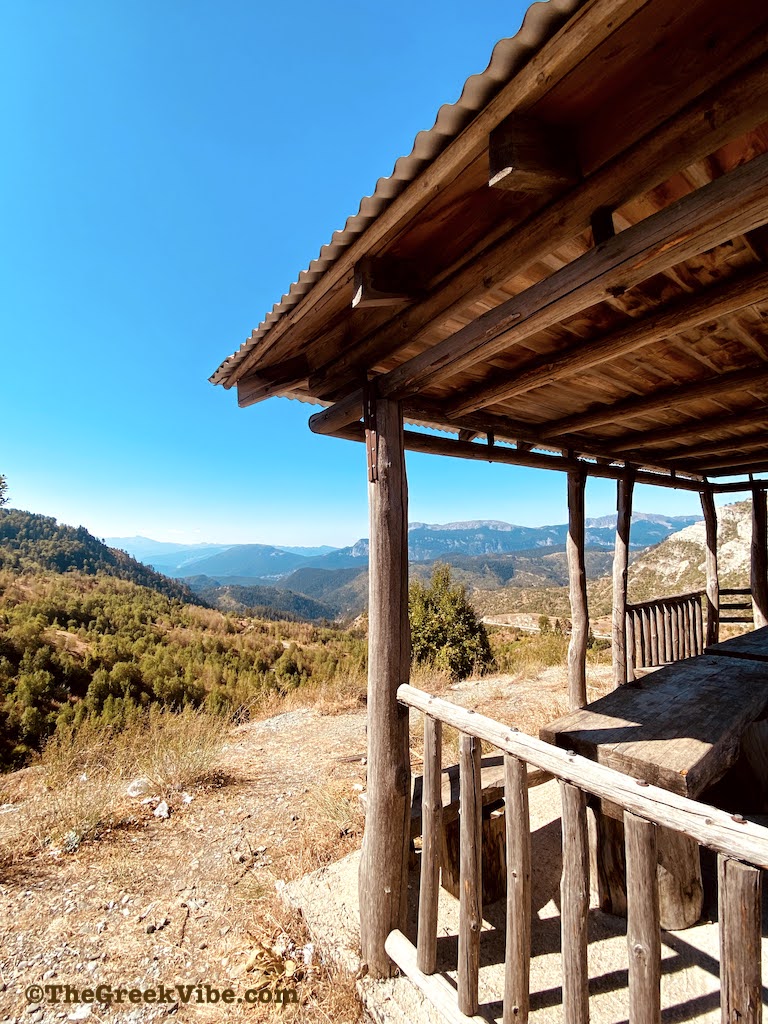
You must visit the area of Grevena for three things: the traditional villages hidden high in the mountains (like Samarina, Dotsiko, Avdella), the woodland experience which will blow you off your feet and the mushrooms. Ideally, I would recommend you go off road to experience the grandeur of the area. Do this with Apostolos Dianellos, who knows the mountains and forest like the back of his hand and can take you places you wouldn’t (and shouldn’t) go by yourself. This is one of the remotest mountainous regions in Greece, home to the Northern Pindus National Park (aka “Valia Kalda”). It’s also worth stopping in the town of Grevena – the best time: fall – on a Saturday to visit the open air market for the sheer variety of mushrooms and for the statues of mushrooms around town, which is known as the “mushroom capital of Greece”.
►3 Places to Have ‘Pure’ Carnival Fun in Greece
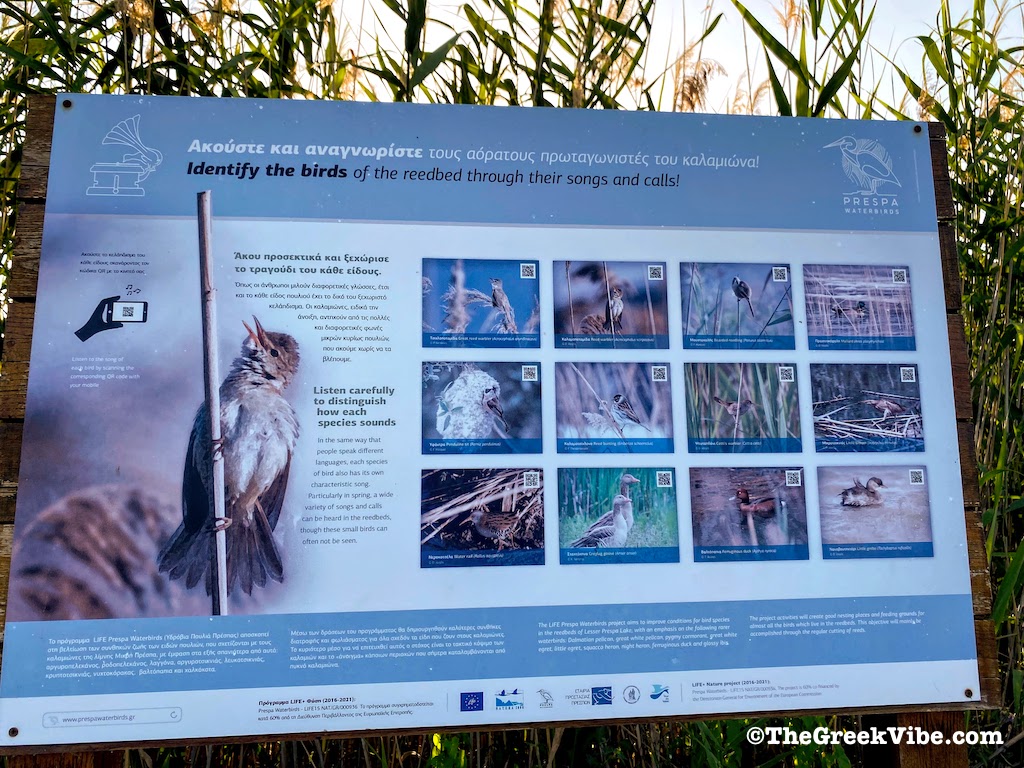
Kozani
Kozani is the capital of Western Macedonia located in the northern part of the Aliakmonas River valley between the mountains of Pieria, Vermio, Vourinos and Askio.
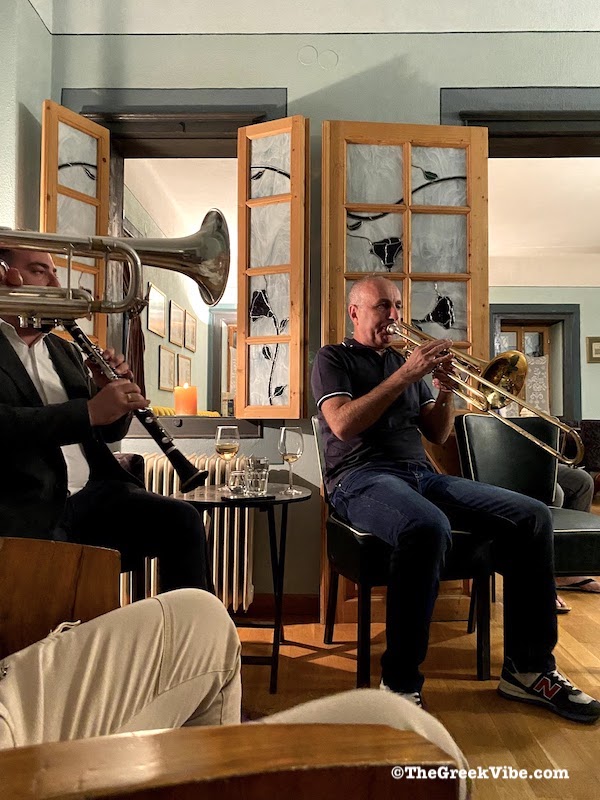
Kozani is worth visiting ahead of spring for its famed carnival, the main event in the region and an experience like no other that goes back to the ancient cult of Dionysus, the god of wine. The Kozani Carnival takes place ahead of Lent and lasts for 11 days. This is one of the most exciting happenings in Greece with singing and dancing around neigborhood bonfires. At the “Fanoi” (fires) events, you’ll be treated to homemade delicacies, “kichi” (Kozani’s famous spiral-shaped cheese pie), meatballs and wine. And if you’re a music lover like I am, then another reason to visit Kozani is to get a chance to listen to Kozani’s famous brass bands “Ta Halkina”.
And it doesn’t stop here. Did you know that Greece prodces some of the world’s finest saffron? Well yes, Kozani is also famous for its saffron known as “Krokos Kozanis” and sought after by chefs worldwide.
Things to see once you’ve experienced Kozani? The city’s landmark the 26-meter bell tower Mamatsios next to the church of Agios Nikolaos, the town hall, the folklore museum, the “Valtadoreio” Gymnasium, the splendid “Ermioneion” Hotel and the modernist Kozani Library – aka the “Kovendareios”, home to some of the rarest publications, and the Historical – Folklore and Natural History Museum of Kozani.
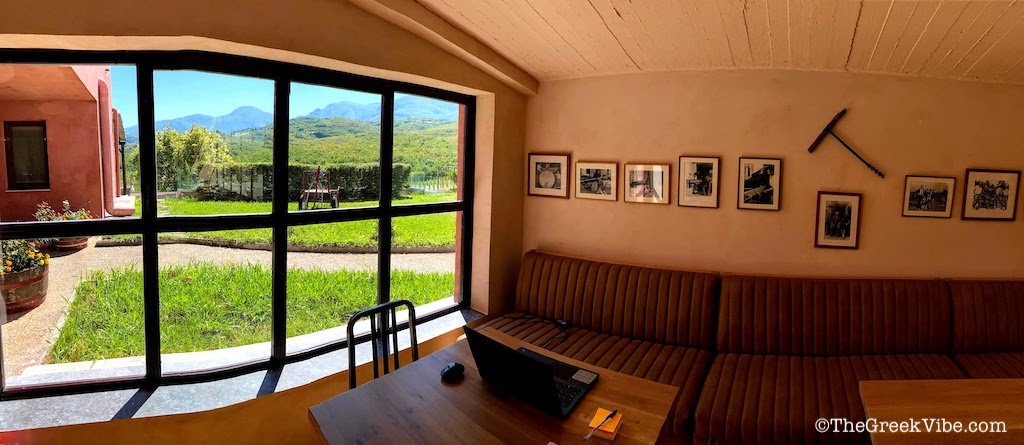
☞Like I said, if discovering the places mentioned above sounds exciting, then contact The Greek Vibe partner, Joysters, a team of locals in the know who can guide you straight to the best of the best in Western Macedonia. Tell them Maria sent you!
Visiting Western Macedonia Greece – Maria’s Tips
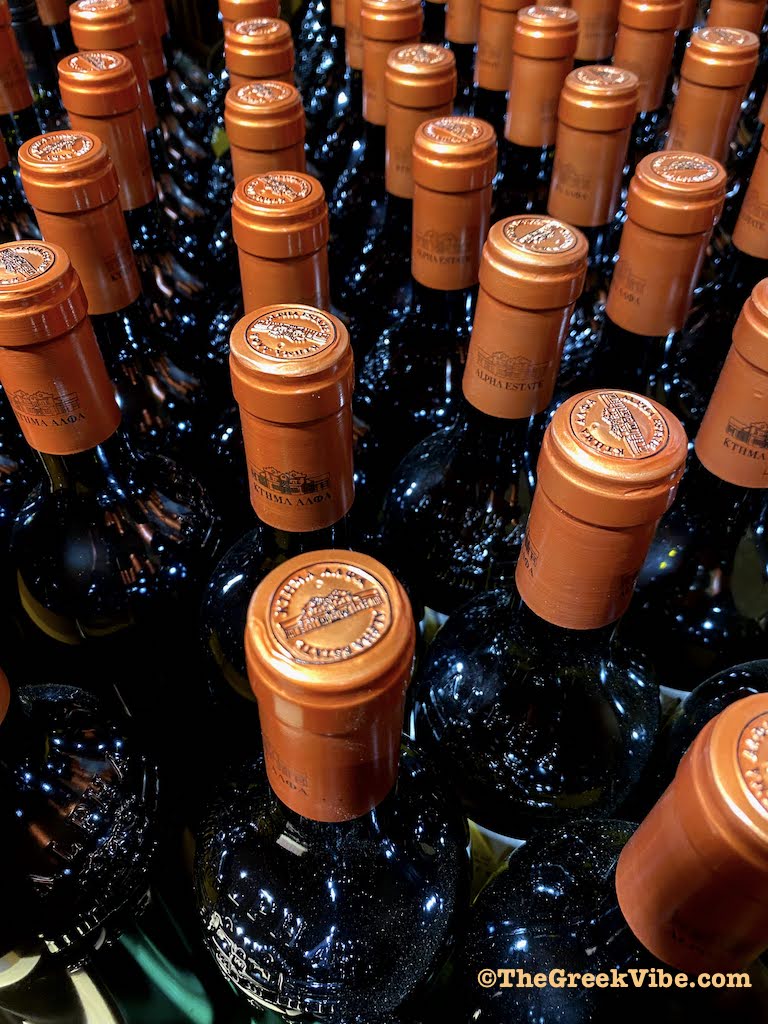
✓On the road again: The best way to get to Western Macedonia is by either flying to Thessaloniki and starting your trip from there or flying to Kastoria.
✓Best time to visit: Fall for the colors and the mushrooms or late February for the unique carnival festivities (Apokria).
✓Settle down… Kastoria is for me the best place to stay even though it would be best to find accommodation for two days in Florina, one day in Nymphaio and two or three days in Kastoria.
✓Indulge in… Florina red peppers (piperia Florinis) in every shape and form, Prespes beans, meats and Kastoria specialties, sarmades”, “makalo”, “fasolada”, “kichi” and “elbasan tava”, locally-produced sausages, grivadi fish.
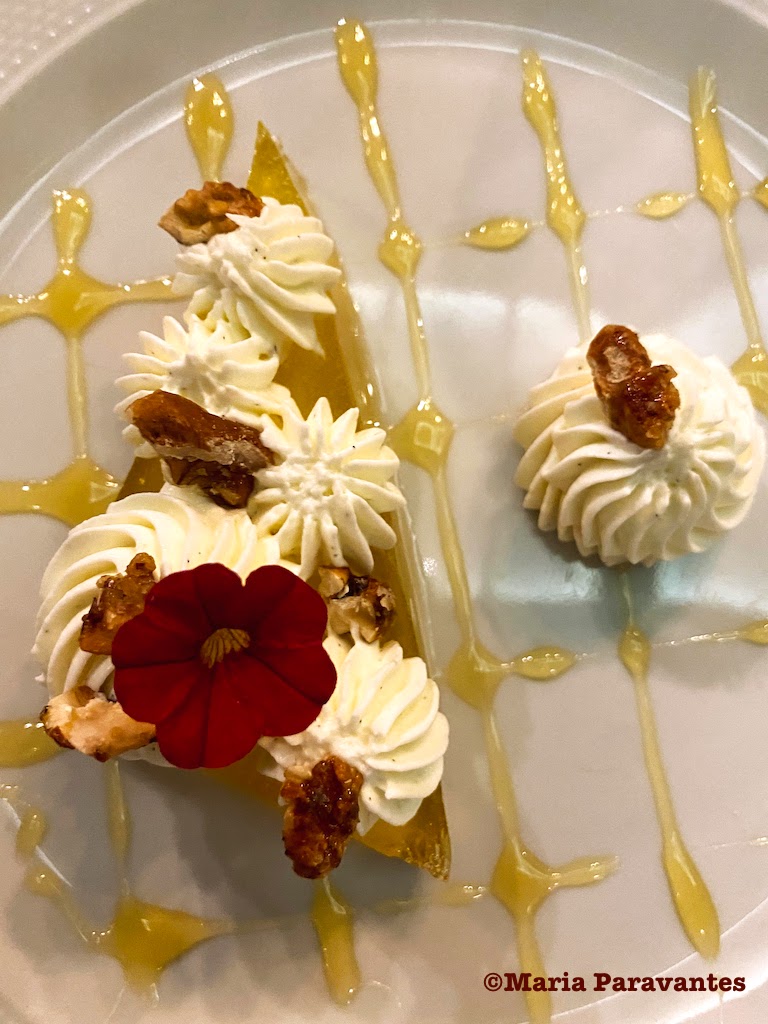
✓Don’t leave without … Where do I start! Apples, walnuts and beans from Kastoria, beans from Prespes, red peppers from Florina (you will probably find these in the entire region), wines.
✓ Truth or dare… Visit one of the many wineries in the region. I’ve been to The Alpha Estate in Amyntaio and the Kir-Yianni Estate and highly recommend both. Make sure to book a tour of the estates which usually come with light lunch and fine wine, of course. Go mushroom hunting and cooking in the forest (Grevena or Nymphaio). Visit the Arcturos Bear Sanctuary.
✓Trivia: One of Greece’s prominent filmmakers, Palme d’Or-winner Theo Angelopoulos, adored the region for its otherworldly feel that’s why it features in his films The Beekeeper, The Suspended Step of the Stork and Ulysses’ Gaze.
♫ I end today’s post with the upbeat trademark rhythm and traditional dance from Kozani and the wider region featuring Western Macedonia’s famed brass instrumentalists in “Enteka” (Eleven).
Enjoy!
